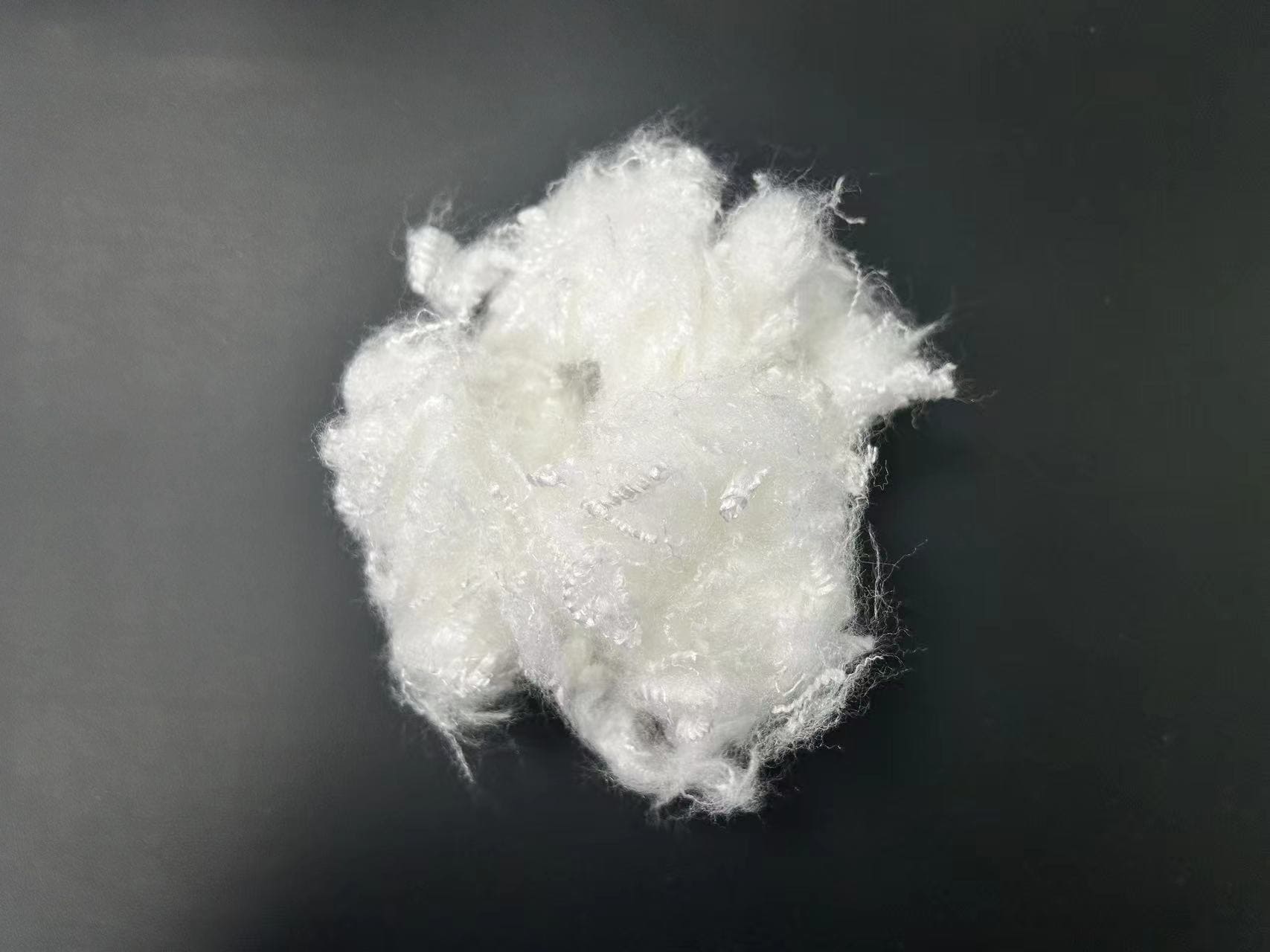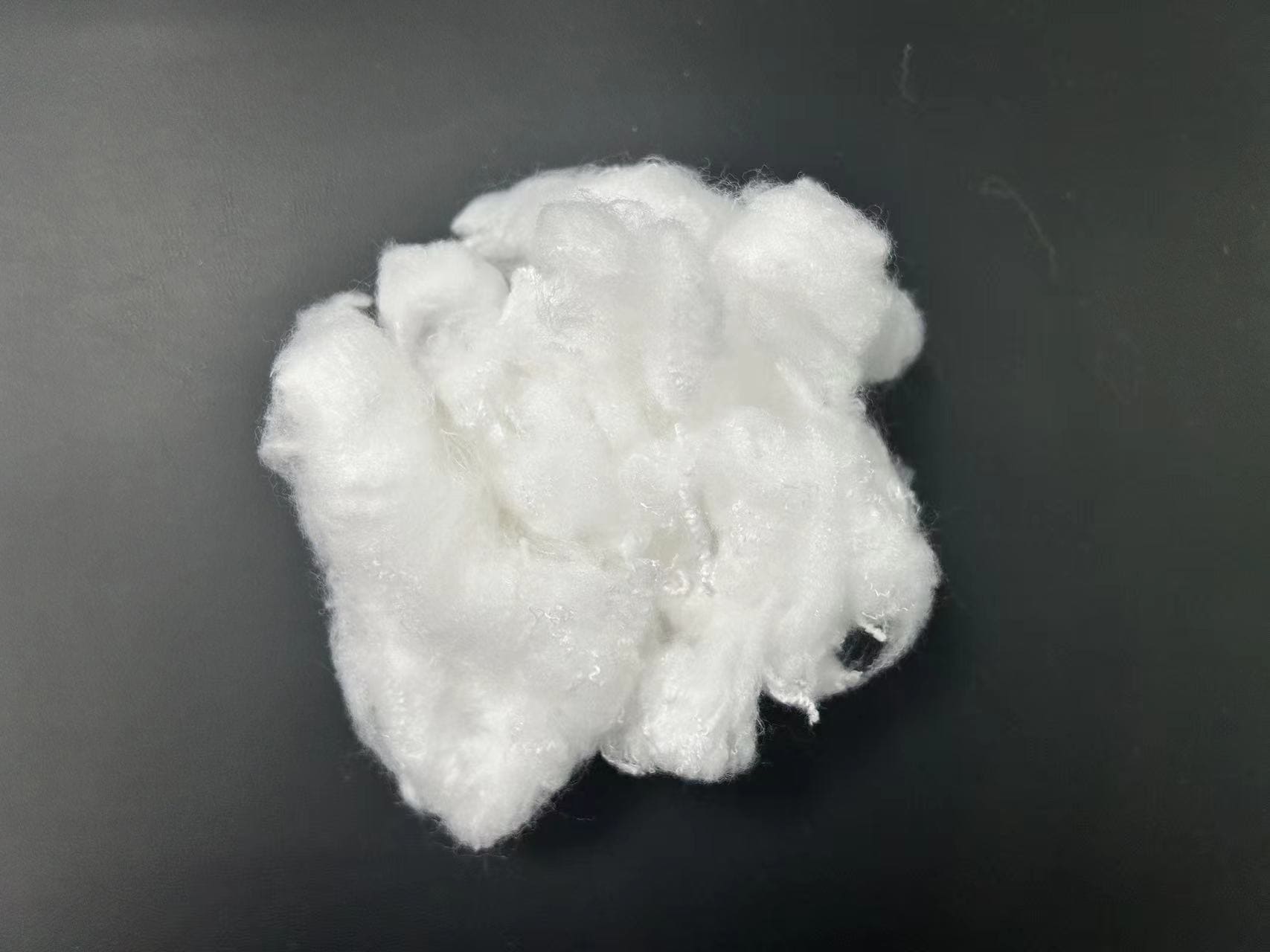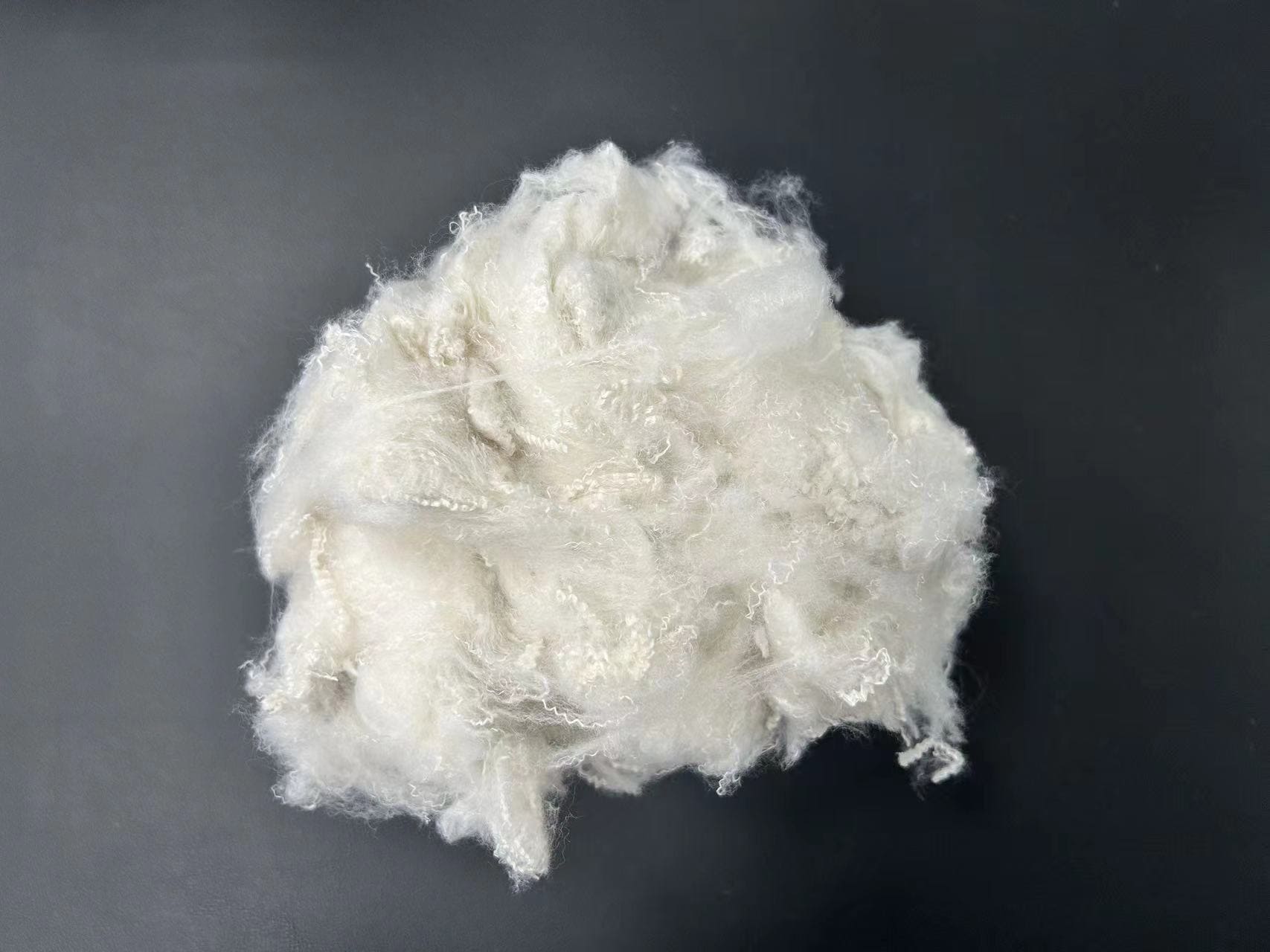polyester vs acrylic fabric
In the world of textiles, two synthetic fabrics, polyester vs acrylic fabric, often receive attention due to their widespread use in a variety of applications.
From clothing and home furnishings to outdoor gear,polyester vs acrylic fabric offer unique benefits and properties that make them popular choices.
This article takes an in-depth look at the differences, benefits, and ideal uses of polyester and acrylic fabrics.
Polyester and acrylic fabrics Composition and production
Polyester is a recycled fiber made from 100% PET, making it very environmentally friendly. It is strong, durable, does not shrink or stretch, and has a wide range of uses.
Manufacturers have more color options when creating new coating specifications, which means that many different textures and finishes can be woven.
On the other hand, polyacrylonitrile is actually a polymer derived from the plastic acrylonitrile, from which acrylic is made.
During the production process, the polymer is spun into fibers that feel like fine wool after being treated.
Acrylic fibers are most often used as a warm and soft wool substitute.
Polyester vs Acrylic Fabrics – The Key Differentiators
Durability:
It can be a polyester for anyoneassets community some people own awful facets and it is durable.
It is durable and suitable for use in traffic or intense applications needing long life such as outdoor gear, upholstery, work wear.
Polyester is also much more durable through washes and retains its shape for longer.
Acrylic is nearly as durable, but less abrasion-resistant than polyester. It is, however extremely sun and weather resistant so it makes an excellent outdoor fabric for awnings boat covers.
furniture slings or any other exterior application but should be used in environments free of flames.
Comfort:
It gets a lot of love for its softness and warmth (almost melty, much like the feel of real wool).
This makes it the perfect fabric for sweaters, blankets or winter accessories.
It is not as soft as acrylic, but it can be modified into a usefully napped and otherwise comfortable surface in blends.
Polyester vs acrylic fabric breathability:
It may not be as breathable as acrylic, and could become very stuffy in hot climates. But today’s polyester fabrics are very different from before. Today’s technology is advanced, and polyester fabrics will be more breathable after being cleaned and treated.
Acrylic is a breathable fabric as compared to polyester and they can work perfectly fine in moderating temperature. Also, it can wick moisture away from you that makes your skin dry and very comfortable for you.
Polyester vs acrylic fabric care and Maintenance:
The fabric is a blend of polyester, which makes it machine washable and extremely quick-drying, resistant to wrinkles anti-shrink. It is also stain-resistant, which means that it requires less maintenance.
Acrylic is also easy to care for and takes a bit more gentle handling, as it can pill. This option is also machine washable and dries quickly, although it can be sensitive to heat—so consider washing with warm (as opposed to hot) water in order to prevent wear over time.
Polyester And Acrylic Fabric dyeing Process
Both polyester and acrylic fabrics are made from non-renewable sources and generate environmental pollution during their production. It has some sustainability value because it is partially recyclable, unlike acrylic.
Acrylic is not as easily recyclable and the production of acrylics involves using toxic chemicals that are bad for our planet. Nevertheless, both fabrics fail in biodegradability as they are synthetic materials and decompose over a long period of time when disposed off into landfills.
Polyester And Acrylic Fabrics conclusion
Which to choose really depends on the application specifications, polyester or acrylic?
Polyester is a synthetic fibre that has excellent versatility and strength to perform within multiple domains;
on the other hand, acrylic bears softness hence its featured for garments with some presence at home textiles applications but less than cotton.
Both fabrics have their pros, and knowing the differences in fabric labels is important to not only consumers but also manufacturers who wish to make high-quality decisions.
In fact, as the textile industry progresses in their research and development these synthetic fabrics may come into even higher performance with more sustainable futures far down the road.
Post time: Sep-04-2024



